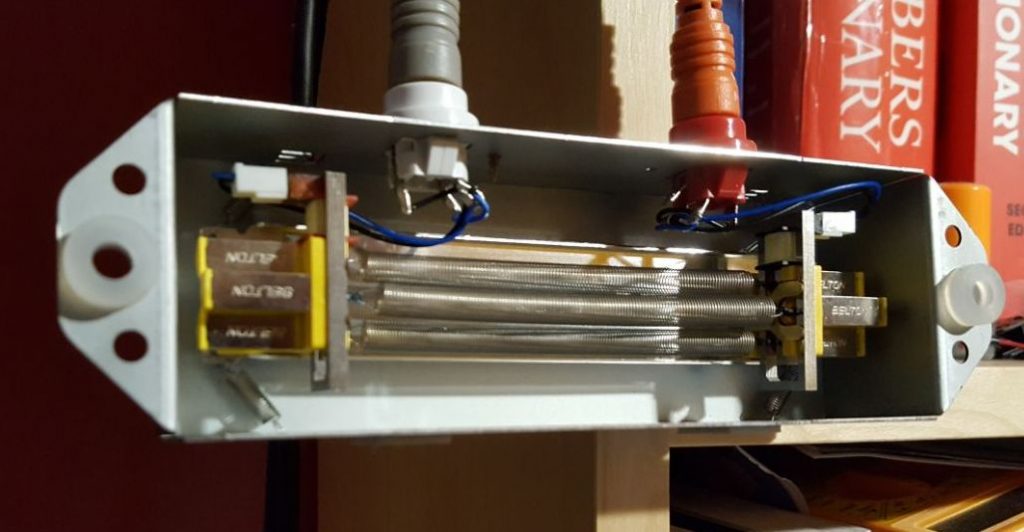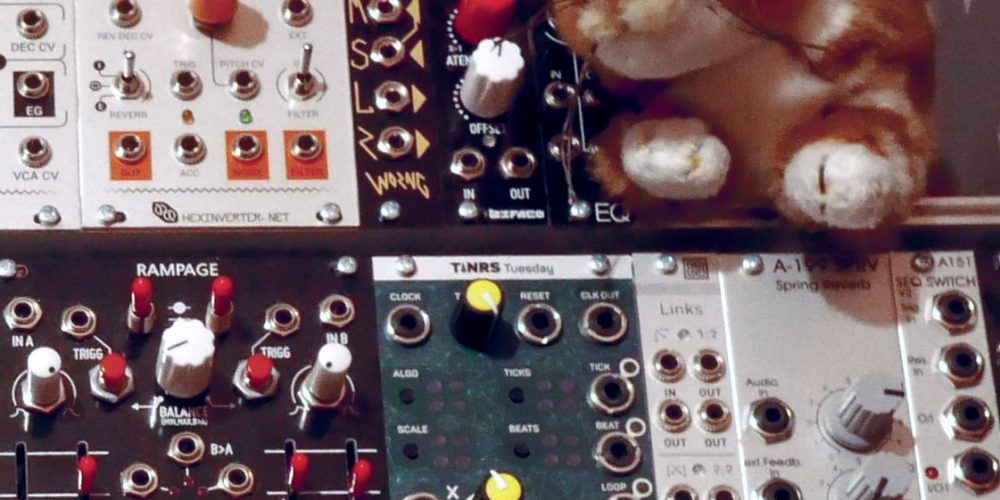The Mutable Instruments Clouds is one of the most popular Eurorack modules ever. It was intended to be a “texture synthesiser”, an instrument which uses granular synthesis in order to extract a texture from an incoming signal.
Granular synthesis is just the “default” mode, however. There’s other ways of extracting texture from sounds and sure enough, buried on secret firmware number 4 is a happy little phase vocoder! Rather than explaining how it does what it does, take my word for it that it can smear any dynamic sound into a static timbre using complicated maths which gives engineering students lifelong PTSD. I was using this trick to create drones back in 1999 by “misusing” the noise removal feature of Cool Edit Pro.
Anyway – sound goes in, drones or whooshes or wibbly noises or crackles come out. Here’s what it sounds like.
There is no actual synthesiser in this recording aside from Clouds – I played a D5 chord in on the electric mandola (2200 if anyone’s keeping score) and froze the timbre in place to create the drone. Then I played in some other notes live over the top. Add a bit of delay to smooth it out and that’s all there is to it!
Despite its popularity, the designer of Clouds discontinued it earlier this month, citing disappointment that “feedback and reverb got stuck to the maximum setting, resulting in a never-decaying smudgy howl of hype”. This is part of the reason I avoided it for so long, because I didn’t want to.

